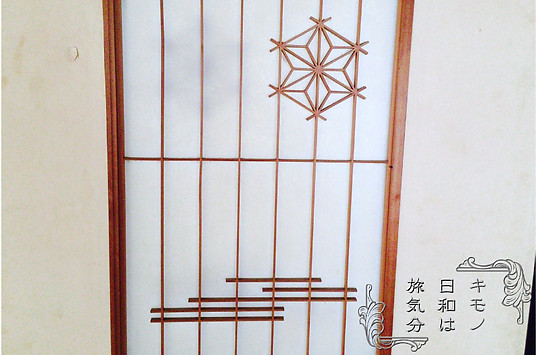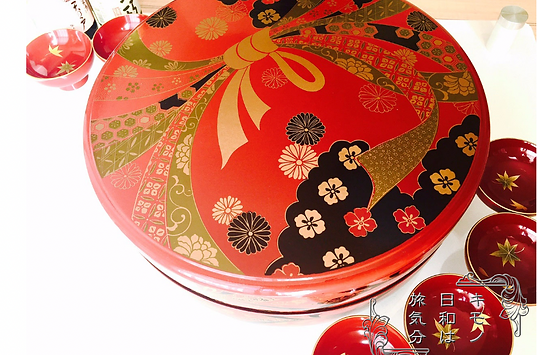Meaning Behind Japanese Patterns
Asanoha
The photo below displays a sliding door with a traditional design for a door inside a Japanese house. The pattern on the top is “Asanoha.'' The hemp leaf pattern is said to have the effect of warding off evil spirits. The horizontal line at the bottom is designed to resemble "running water" which protects homes from fire.
photo by https://kimono.cc/mkimono_mkimonoblog/%E5%92%8C%E6%A8%A1%E6%A7%98.html

Tabane No Shimon
This is a traditional pattern found on dishes. In addition to serving as your standard rice bowl, this bowl is also used to serve the famous osechi dishes to celebrate the New Year. The pattern, “Tabane no Shimon,'' is one of the more favorable patterns made to appear as if the ribbons are dancing symbolizing cheerfulness. Inside the bundled noshi, there are also the natural world patterns of tortoise shell and shippo. It is next to the patterns of old pine trees and arabesques that wish for longevity and health. The final touch of elegance comes from the high-class flowers such as plums, peonies, and chrysanthemums.
photo by https://kimono.cc/mkimono_mkimonoblog/%E5%92%8C%E6%A8%A1%E6%A7%98.html
